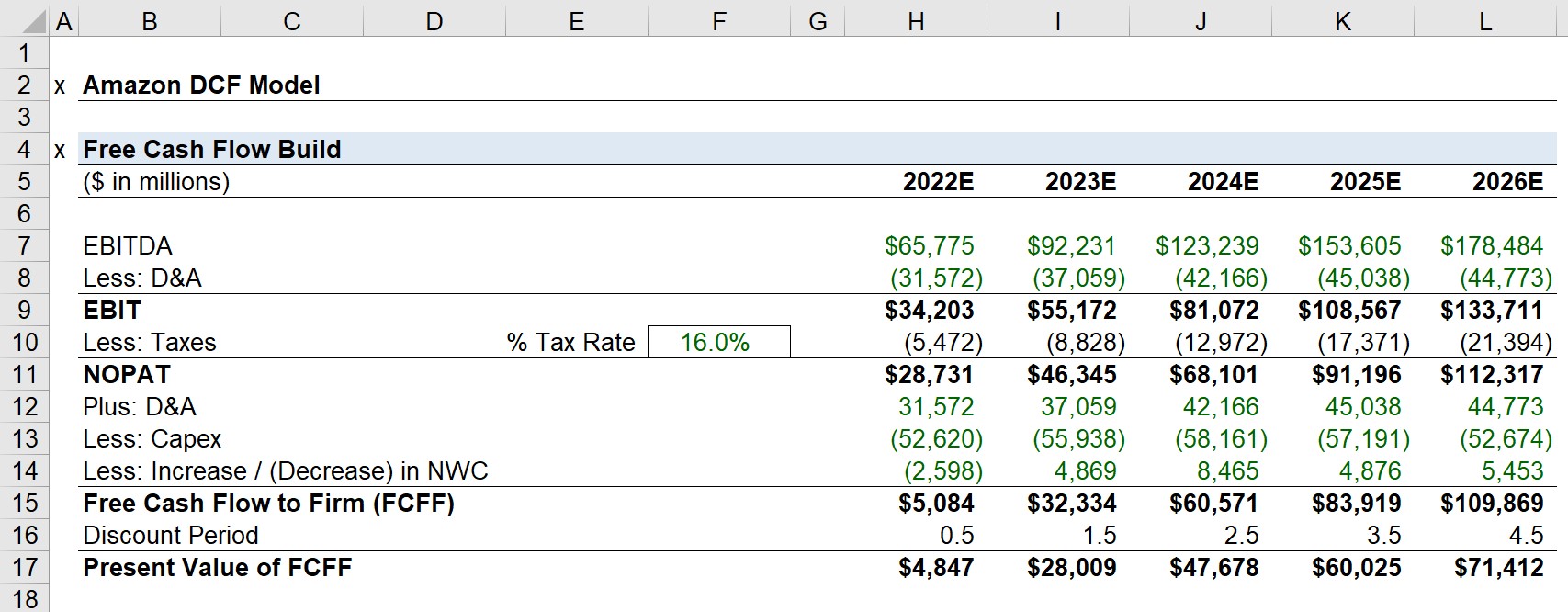

Finance
Complex Capital Structure Definition
Published: October 31, 2023
Learn the definition of complex capital structure and its implications in finance. Gain a comprehensive understanding of financial complexities.
(Many of the links in this article redirect to a specific reviewed product. Your purchase of these products through affiliate links helps to generate commission for LiveWell, at no extra cost. Learn more)
Welcome to the World of Complex Capital Structures!
Complex capital structures are an intriguing aspect of the financial world. It involves the arrangement of different types of securities issued by a company, such as stocks, bonds, and preferred shares, that determine the ownership and voting rights of different stakeholders. The way these securities are structured can greatly impact the company’s financial standing and decision-making process.
Key Takeaways
- A complex capital structure involves the arrangement of various securities issued by a company.
- It determines the ownership and voting rights of different stakeholders.
Now, let’s dive into the world of complex capital structures and explore some important concepts:
1. Different Types of Securities
In a complex capital structure, a company can issue various types of securities. Here are some common examples:
- Common Stocks: These represent ownership in a company and typically come with voting rights.
- Preferred Shares: These securities often have priority over common stocks when it comes to dividends and claims on assets.
- Bonds: Bonds are debt securities that the company issues to raise funds. They usually offer periodic interest payments to bondholders.
Each type of security carries different rights and benefits, which contributes to the complexity of a company’s capital structure.
2. Voting and Decision-making Power
The capital structure of a company also determines the voting and decision-making power of different stakeholders. The number of shares they hold, as well as the type of shares, influences their level of influence on company matters. Here are some aspects to consider:
- Common Stockholders: They generally have voting rights and elect the company’s board of directors.
- Preferred Stockholders: While preferred stockholders may not have voting rights, they often have the power to approve certain critical decisions, such as issuing additional shares or entering into significant financial transactions.
- Bondholders: Bondholders typically do not have voting rights. Their influence is limited to receiving interest payments and making claims on assets if the company goes bankrupt.
It is important for companies to carefully structure their capital to strike a balance between attracting investments and maintaining control over decision-making processes.
In Conclusion
Complex capital structures are fundamental to understanding the financial health and governance of a company. They entail the arrangement of different securities issued by a company and determine the ownership and influence of various stakeholders. By analyzing a company’s complex capital structure, investors can gain insights into its financial standing and decision-making dynamics.














